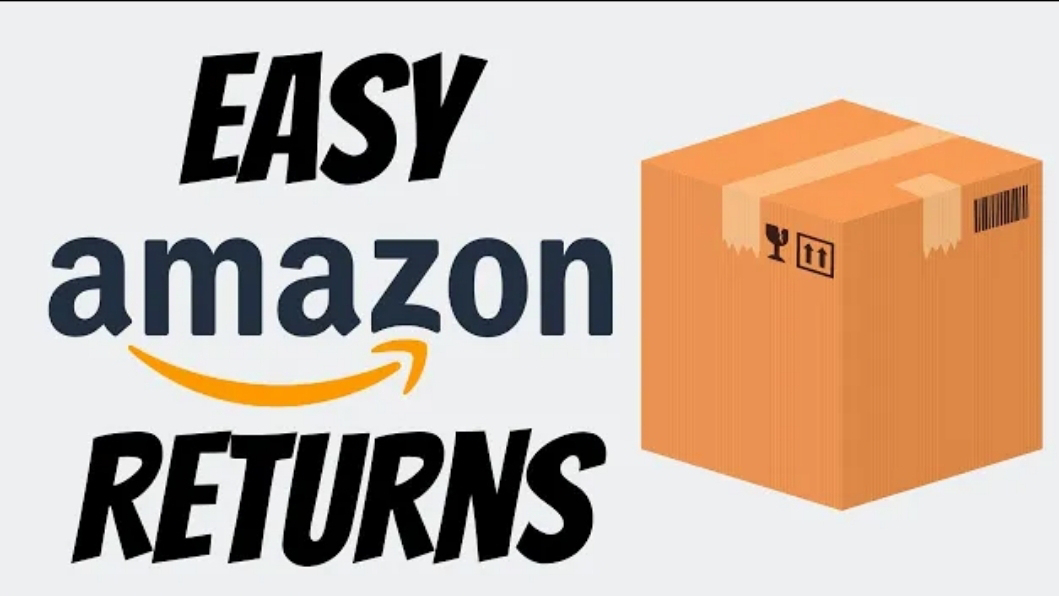Why Relying Solely on Etsy Could Destroy Your Digital Product Business (And What to Do Instead)
Imagine this: you’ve been crushing it on Etsy, making $100–$200 a day. That’s $5,000–$6,000 a month! With momentum on your side, you decide to quit your job and go full-time. Everything feels perfect... until one morning, you wake up to an email: “Your Etsy account has been suspended.”
Panic sets in. You email Etsy, but all you get is a template response—or worse, no response at all. Suddenly, you’re left with no job, no business, and no way forward.
This isn’t a hypothetical scenario. I’ve heard countless stories of sellers on platforms like Etsy and Amazon who had their accounts shut down for no clear reason, with no control over the situation.
If this scares you, good—it should. But here’s the truth: what I’m about to share can transform the way you think about your business and help you make more money than you ever imagined.
Let’s dive into why relying solely on Etsy is a risky game and how to safeguard your digital product business while scaling it to six or even seven figures.
The Risks of Selling Exclusively on Etsy
1. Platform Risk
Etsy owns everything: your listings, customer data, and even your sales. If they decide to suspend your shop tomorrow, there’s nothing you can do.
For example, imagine you’ve spent weeks perfecting your product design, photos, and descriptions. Suddenly, a competitor files a false copyright claim against you. Your listing gets deactivated for 10 business days, which means two weeks of lost sales. Even when your listing is reinstated, your ranking and momentum may never recover.
I know a seller who made $800,000 in sales before Etsy banned their account for three months. By the time they got it back, their business was dead.
2. Price Wars
Etsy has a low barrier to entry, which means anyone can start selling. As a result, the platform is flooded with similar products, forcing sellers to compete on price.
For instance, digital products like templates are often sold for $2 or less. Some sellers even drop their prices from $20 to $4 just to stay competitive. This race to the bottom kills profit margins and makes it impossible to scale.
Worse, digital products are easy to copy. A competitor can buy your template, make minor changes, and list it as their own. Without a unique brand, you’re just another seller in a crowded marketplace.
3. Lack of Scalability
Let’s be real: your goal is probably to replace your 9-to-5 income. While that’s possible, it’s tough if you rely solely on Etsy.
For example, if you’re selling budgeting templates for $2, you’d need to sell 2,500 units every month to make $5,000 in revenue. Scaling beyond that is nearly impossible when you’re dependent on Etsy’s traffic and algorithms.
Plus, you don’t own the customer data. Without email addresses, how can you market your other products or build long-term relationships with buyers?
How to Build a Sustainable Digital Product Business
If you want to protect your business and scale it effectively, you need to take control. Here’s how:
1. Diversify Your Traffic Sources
Take a page from the store Happy Downloads. They’ve made over 16,000 sales on Etsy, but they don’t rely on it alone. They’ve built a YouTube channel with over 300,000 subscribers and drive traffic to their own website.
Their strategy? Use Etsy for exposure, but direct buyers to their site via free traffic from YouTube, TikTok, and other social platforms. This way, even if their Etsy shop disappears, they still have a thriving business.
In fact, Social Blade estimates they make between $4,000 and $74,000 monthly from YouTube ads alone. That’s passive income—on top of their product sales!
2. Charge Premium Prices
When you sell on your own website, you’re no longer competing with 600,000 other listings. This allows you to charge higher prices.
Take the example of a seller who made $770,000 in one month selling Notion templates on their website. While most Etsy templates sell for $10–$20, this seller charged $79 because they built trust through social media and branding.
3. Leverage Social Media for Traffic
Platforms like YouTube, TikTok, and Instagram are boosting the reach of new accounts like never before. By creating content, you can drive massive traffic to your website—and the best part? This traffic is entirely in your control.
Focus on vertical videos, repurpose them across platforms, and capitalize on the current trend of short-form content. The time you spend creating content will yield far better results than endlessly tweaking your Etsy SEO.
4. Build an Asset You Can Sell
When you diversify your traffic and build a standalone brand, your business becomes a valuable asset. Online businesses typically sell for 30–40 times their monthly profit.
For example, if you’re making $20,000 in monthly profit, you could sell your business for $600,000–$800,000. Compare that to an Etsy shop, which no one will buy because it’s entirely dependent on Etsy’s platform.
Get Started Today
If you’re ready to build a sustainable digital product business, I’ve created a free cheat sheet for you. It includes all the tools, platforms, and strategies I use to generate $115,000 a month.
You’ll learn:
- How to set up your website
- The best apps to automate your sales
- Social media strategies for driving traffic
Download it for free using the link below.
Final Thoughts
I’m not saying Etsy is bad. In fact, it’s one of the best platforms for beginners to get started. But it should never be your end goal.
To build a business that lasts, you need to think beyond Etsy. Diversify your traffic, create content, and take control of your brand.
Want to learn more? Watch my video on top-performing Etsy stores making over $111,000 a month. Click here to see how you can scale your business even further.




Comments
Post a Comment